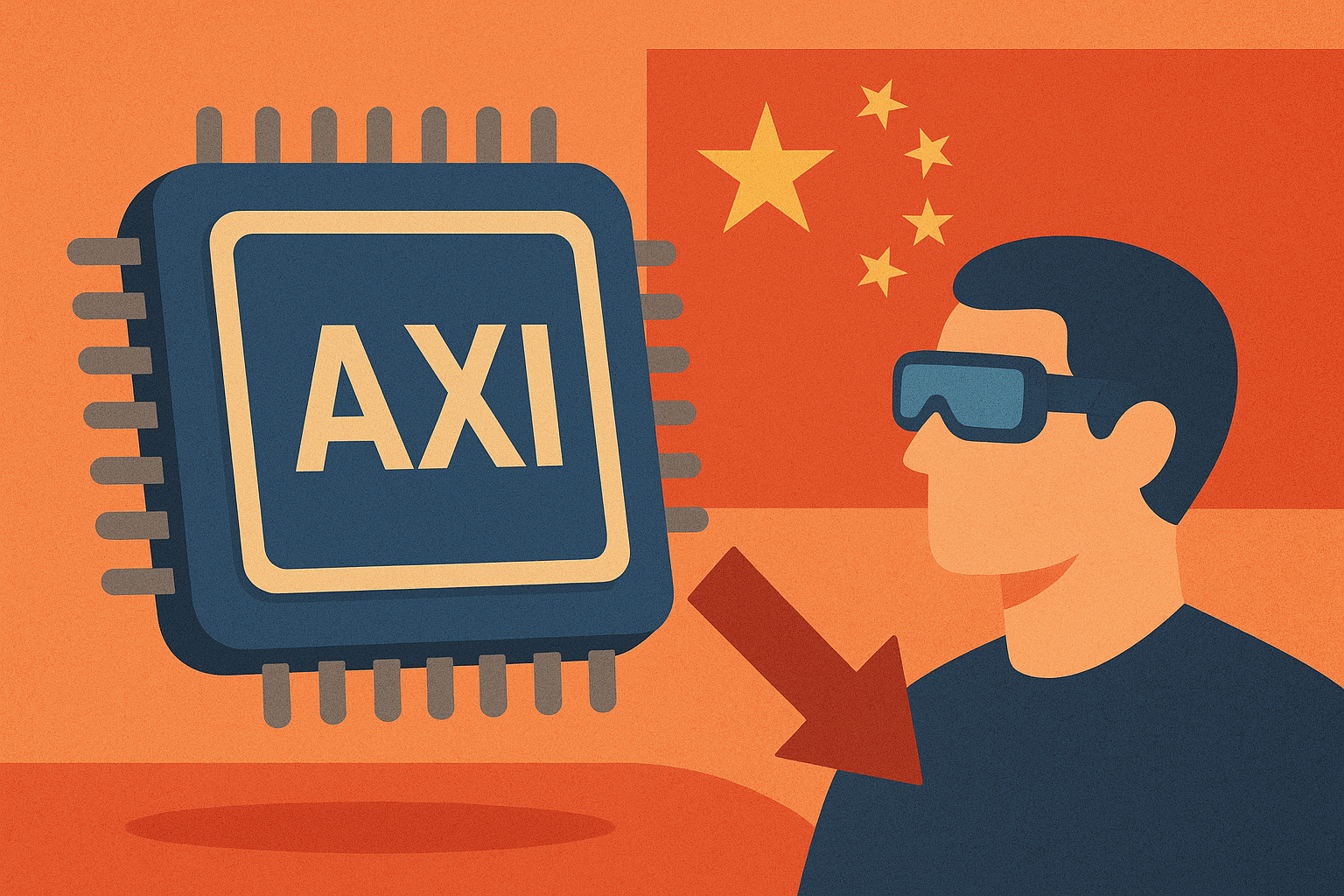Despite being one of the world’s most influential chipmakers, Nvidia’s latest product launch in China is being met with surprising hesitation. The company’s “RTX6000D” AI GPU, a customized version designed to comply with U.S. export restrictions, was expected to help Nvidia defend its position in the Chinese AI hardware market. Yet early signals suggest demand from major Chinese firms is weak—raising questions about whether regulatory barriers and supply chain uncertainties may be dampening prospects for U.S. semiconductor players in China.
A market caught between innovation and regulation
China is the world’s second-largest semiconductor market, and global demand for AI chips is projected to surge as industries from cloud computing to autonomous vehicles scale their infrastructure. According to McKinsey, AI-related hardware spending could grow at a compound annual rate above 30% through 2030. Nvidia, which already controls an estimated 80% share of the global AI GPU market (Bloomberg), seemed well-positioned to tap into that growth.
However, geopolitical realities are reshaping the landscape. Reuters reports that multiple large Chinese tech firms are showing reluctance to place orders for the RTX6000D, citing concerns around compatibility with existing systems, potential regulatory scrutiny, and the availability of domestic alternatives. This suggests that Nvidia’s strategy of offering “China-compliant” versions of its chips may not deliver the straightforward win many investors anticipated.
Why this matters for investors
For investors, the RTX6000D’s lukewarm reception underscores two critical dynamics shaping the semiconductor sector:
- Regulatory risk as a competitive factor: U.S. export controls have limited Nvidia’s ability to sell its most advanced chips into China, forcing the company into a segmented product strategy. This not only caps revenue potential but also introduces reputational risk if Chinese buyers view these chips as second-tier offerings.
- Supply chain diversification pressures: With many firms in China looking to mitigate exposure to U.S. sanctions, domestic chipmakers such as Huawei and Biren Technologies may gain traction. That shift could erode Nvidia’s dominance in a market it has long relied on.
- Impact on global markets: While the RTX6000D is aimed at China, investor sentiment is global. Singapore markets and other Asia-Pacific indices have already reflected caution toward chipmakers with significant China exposure. Slower adoption of U.S.-tailored chips could ripple into broader tech indices and supply chain players in Taiwan, South Korea, and beyond.
Future trends to watch
- China’s domestic push: Beijing has accelerated efforts to boost homegrown semiconductor capacity, committing billions in subsidies. If domestic AI chips improve in performance and cost competitiveness, U.S. firms may face shrinking market share in what was once their fastest-growing region.
- AI demand outside China: While China poses challenges, Nvidia’s growth story is still supported by surging demand in the U.S., Europe, and the Middle East, where data center operators and cloud providers are racing to build AI infrastructure. Investors may see a bifurcated demand picture: slowing China, accelerating elsewhere.
- Policy shifts in Washington: Any adjustment in U.S. export restrictions could quickly alter Nvidia’s prospects in China. Conversely, tighter rules would cement the divide and increase risks for companies dependent on cross-border AI hardware sales.
Key investment insight
For investors, Nvidia’s weak start with the RTX6000D serves as a reminder that exposure to China’s AI hardware market is no longer a simple growth story—it’s a geopolitical balancing act. Long-term opportunities in AI remain immense, but risk-adjusted strategies may involve:
- Monitoring supply chain diversification trends.
- Keeping a close eye on U.S. policy changes.
- Considering exposure to both U.S. leaders (Nvidia, AMD) and potential Chinese challengers, while avoiding overconcentration in firms most reliant on China.
As the AI arms race intensifies, the winners may not just be the companies building the fastest chips—but also those navigating regulation most effectively.
Stay with MoneyNews.Today for daily market insights that cut through noise and highlight where investors should focus next.





